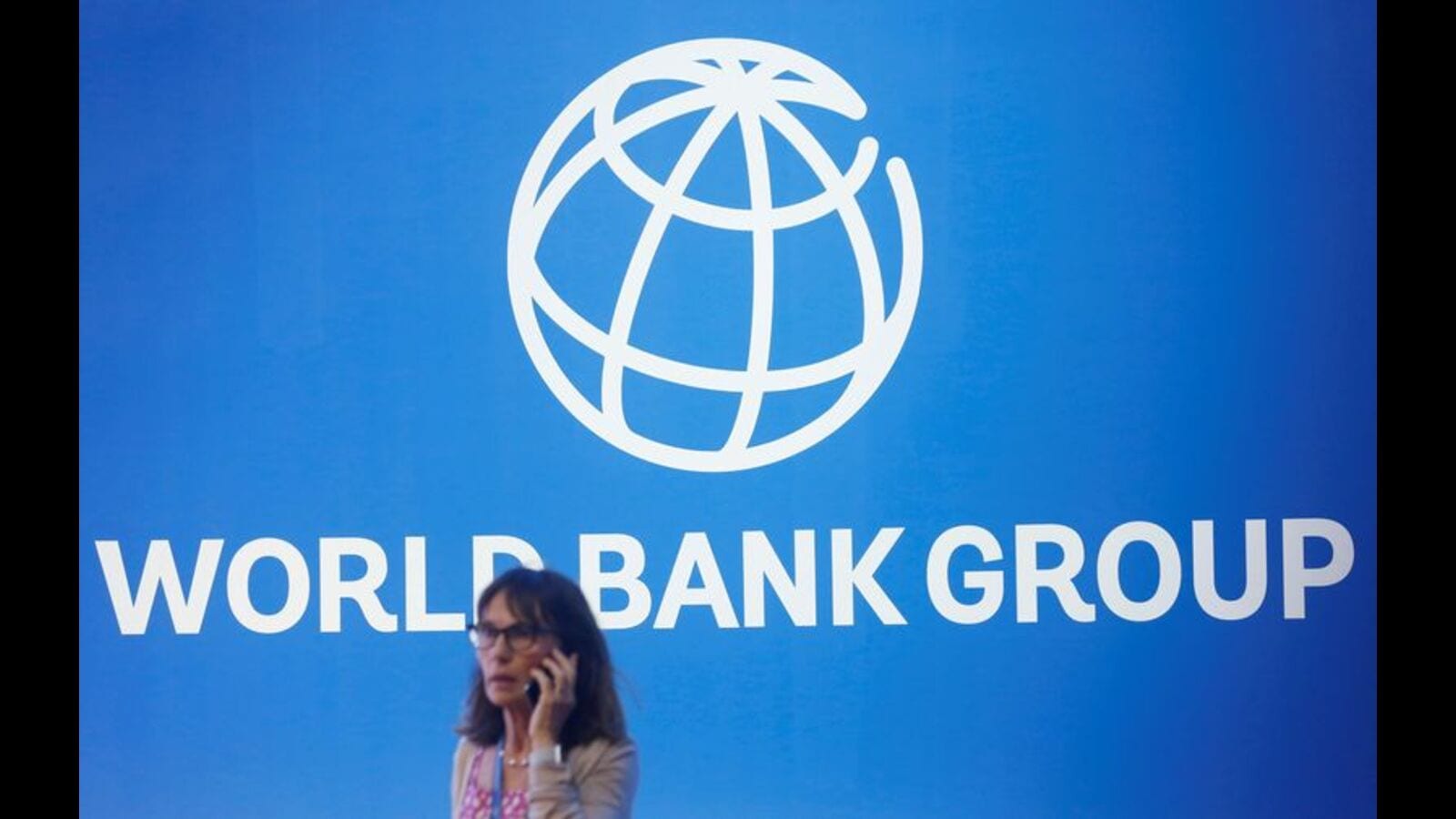World Bank upgrades India’s GDP growth forecast to 6.9%
The World Bank on Tuesday revised India’s 2022-23 GDP growth forecast upward to 6.9% from 6.5% estimated in October after factoring in “a strong outturn” in the second quarter of the current financial year. India is “well placed” to navigate global headwinds, it said.
The World Bank’s India Development Update report — Navigating the Storm — upgraded the country’s growth prediction on the basis of its September quarter performance “driven by strong private consumption and investment” that saw 6.3% growth in its GDP.
“The government’s focus on bolstering capital expenditure also supported domestic demand in the first half of FY 22/23. In addition, India overtook the UK to become the fifth largest economy in the world,” the multilateral bank said. “High frequency indicators indicate continued robust growth of domestic demand at the start of Q3 FY22/23.” India grew 13.5% in the first quarter of 2022-23.
This is the first report of any international institution to upwardly revise India’s economic performance, even as growth forecasts of major economies have been downgraded significantly.
“India’s economy has been remarkably resilient to the deteriorating external environment, and strong macroeconomic fundamentals have placed it in good stead compared to other emerging market economies,” said Auguste Tano Kouame, the World Bank’s India country director. “However, continued vigilance is required as adverse global developments persist.”
The report forecasts that the Indian economy will grow at 6.6% in the next financial year (2023-24), which is lower than its earlier projection of 7%. The October edition of the International Monetary Fund’s World Economic Outlook also projected India’s GDP growth for 2022-23 and 2023-24 at 6.8% and 6.1%, respectively.
India needs to grow at the rate of 8% and above to achieve its aim to become a developed country by 2047 as “6.6% is not enough,” even though it is comparatively high growth,” Kouame said. He cited policies such as the production-linked incentive scheme as one of the catalysts to boost manufacturing and develop India as a supply chain hub.
“India’s growth at 7% in FY23 looks more convincing. This positive outlook looks feasible as growth in 1HFY23 has already reached 9.7%. This implies that average growth required for 2HFY23 is only 4.6%, which appears quite feasible,” said DK Srivastava, chief policy advisor at EY India, a consultancy.
Rapid monetary policy tightening in advanced economies has resulted in large portfolio outflows and depreciation of the rupee, while high global commodity prices have led to a widening of the current account deficit, the World Bank said. However, India’s economy is “relatively insulated” from global headwinds, partly because India has a “large domestic market” and is “relatively less exposed” to international trade flows, it added.
Despite that, India is not completely isolated from the global downturn. The report said that a one percentage point decline in growth in the US is associated with a 0.4 percentage point decline in India’s growth. However, the effect is around 1.5 times larger for other emerging economies, it said. Analysis for growth spillovers from the European Union and China also yields similar results, it added.
Policy reforms and prudent regulatory measures have made India a resilient economy, the World Bank report said.
For all the latest business News Click Here

